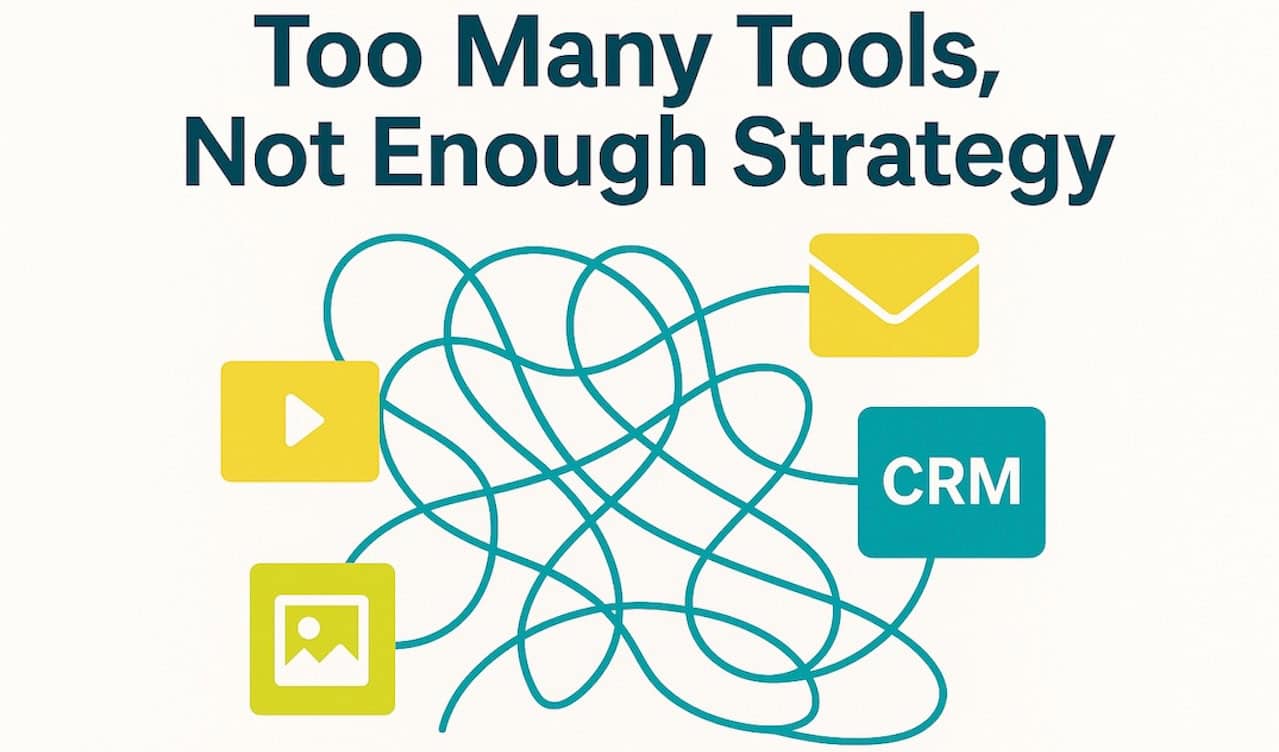When this micro business started growing, the owner did what many do: outsource. A landing page here, a mailing list there. Each new piece of tech was bolted on by a different freelancer, with their own models and preferences. Over time, their systems became a tangled patchwork of disconnected tools, all doing a bit of everything, but nothing well. And the whole structure wasn’t delivering the sales the business owner was hoping for.
The Hidden Cost of Complexity
What looked like progress was actually slowing them down. The owner didn’t fully understand the systems, and certainly couldn’t update them. They didn’t trust the data, and eventually stopped engaging with any of it. The result? Missed opportunities, wasted spend, and growing frustration.
A Strategic Reset
When we started working together, the first step was mapping what they really needed against what they had. We stripped back redundant tools (licence cost savings, yay!), clarified the purpose of the ones that mattered, and built a short, clear list of priorities. I even created a few short instructional videos so the owner could make their own changes in key areas like creating a new product. No need to wait (or pay for) a freelancer.
I also recommended bringing in a tech partner to fully clean the slate — but that part didn’t happen. And as you’d expect, the mess has started to creep back.
Lessons for Small Business Owners
- You don’t need to build or manage the systems yourself, but you do need to lead them.
- Outsourcing without strategy leads to complexity, not capability.
- Simplification isn’t a one-off task — it’s a habit.
If your tech stack feels like it’s running you (instead of the other way around), let’s talk. Book a 15-minute clarity call, or start exploring with my CRM Game Plan course — built for business owners who want to regain control.

